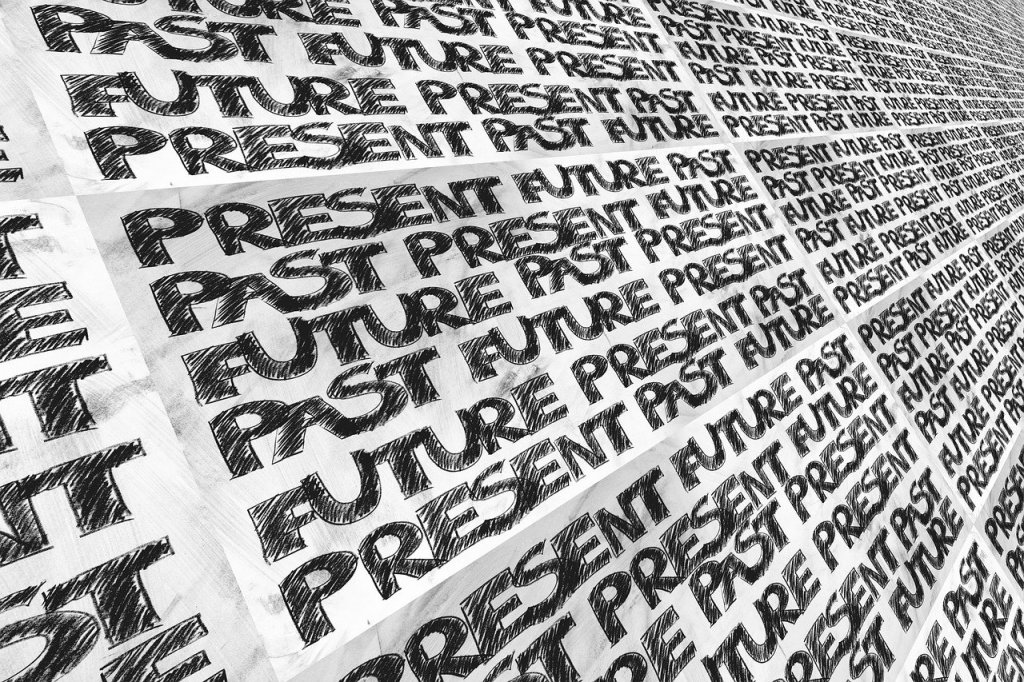When it comes down to open education, I must truly admit topic 2 was a real eye-opener for me. As an e-learning designer I knew about open educational resources (OER) already for a long time and I also had heard of Creative Commons licenses before. But my limited knowledge reduced my actions to search for open licensed multimedia content (mainly images or icons), that I could use for my e-learning courses or to design communication material. I saw OER merely as a free source of media content (mainly images or icons), that I could reuse, retain, revise, remix for my (design) purposes. The redistribution always took place in closed systems like an LMS, the Intranet or email-communications.
I started exploring Topic 2 by watching the TED-Talk about “Open education and the future” by David Wiley. It was a motivational talk addressing teachers to be more courageous to start to share their content. He quotes Jefferson who said: “He who receives ideas from me, receives instruction himself without lessening mine; as he who lights his taper at mine receives light without darkening me.”, meaning knowledge has a special property that you can give or share your expertise without giving it away. Wiley also points out that in the definition of openness and the definition of education there is this common theme of sharing. A successful educator therefore is one that not only shares his resources, but also his time to engage with the students. [1]
It was in my preparation for Maha Balis Webinar, that I first came across the term Open Educational Practices (OEP). But it was not before I read through Tony Bates “Teaching in a digital age” that I truly started to understand the concept of Open Pedagogy and Open Educational Practices. Bates (and myself) favors the following definition from the University of Texas Arlington Libraries: “Open pedagogy is the practice of engaging with students as creators of information rather than simply consumers of it. It’s a form of experiential learning in which students demonstrate understanding through the act of creation. The products of open pedagogy are student created and openly licensed so that they may live outside of the classroom in a way that has an impact on the greater community. Open projects frequently result in the creation of open educational resources (OER). OER are free teaching and learning materials that are licensed to allow for revision and reuse. They can be fully self-contained textbooks, videos, quizzes, learning modules, and more.” [2]
This definition also supports our learnings from Topic 1 about the importance of online participation and developing of digital literacies. While applying the principles of OEP in our lectures, we also actively support our students by fostering their digital capabilities.
In their article “Framing Open Educational Practices from a Social Justice Perspective” Bali, Cronin and Jhangiani describe three dimensions that OEP can be considered in:
- From content-centric to process-centric;
- From teacher-centric to learner-centric;
- From primarily pedagogical to primarily social justice (economic and/or cultural and/or political injustice)
An example for content-centric in OEP would be to use, adapt or create OER through the teachers or learners, which than adds the dimension of either teacher-centric or learner-centric, depending on the roles of students and teachers. Is it the teacher(s) adapting OER material for the lecture or is it the student(s) producing content? Process-centric describes that students create content while going through a (collaborative) learning process, using twitter chats, writing blogs, create videos. So, this corresponds to the definition of OEP I mentioned above. [3]
I used to have troubles to really understand the sub-dimensions of social justice and its implication on OEP. So, I decided to take a detour and dig through Hodgkinson-Williams and Trotter’s article which introduced a social justice framework that builds on Fraser’s model of social justice “parity of participation” by looking at the global south perspective. Speaking of the economic dimension e.g. OER can improve access to educational materials for students and teachers in poorer contexts. The cultural dimension e.g. is aiming at who is producing the OER content and what viewpoint is reflected, to make sure that by creating OER content multiple perspective are regarded. And for the political dimension, e.g. is meant that educators might be restricted to create content as OEP as for the regulation of their countries and therefore, viewpoints may be limited. [4]
Personally, I think open pedagogy allows us to put more meaning into students’ assignments and outputs. Instead of letting students write knowledge-based assessments at the end of the course, we let them create OER-content to reflect and apply what they have learned on the topic throughout the course. That way they can foster their digital capabilities by creating OER, working individually or collaboratively. And, as I work at the School of Social Work, by applying open pedagogy we actually have a chance to promote certain social topics, by writing Wikipedia entries, participating in twitter chats, producing video content or customizing OER content by adding text or audio to widen the accessibility. Let’s go for it!
[1] Open education and the future, Short TED-talk by David Wiley
(2) Bates, T. (2019). Teaching in a Digital Age: Guidelines for Teaching and Learning. (2nd edition)
[3] Bali, M., Cronin, C., & Jhangiani, R. S. (2020). Framing Open Educational Practices from a Social Justice Perspective. Journal of Interactive Media in Education. 2020 (1), p. 10. DOI: http://doi.org/10.5334/jime.565
[4] Hodgkinson-Williams, C. A., & Trotter, H. (2018). A Social Justice Framework for Understanding Open Educational Resources and Practices in the Global South. Journal of Learning for Development, 5(3), 204-224.





